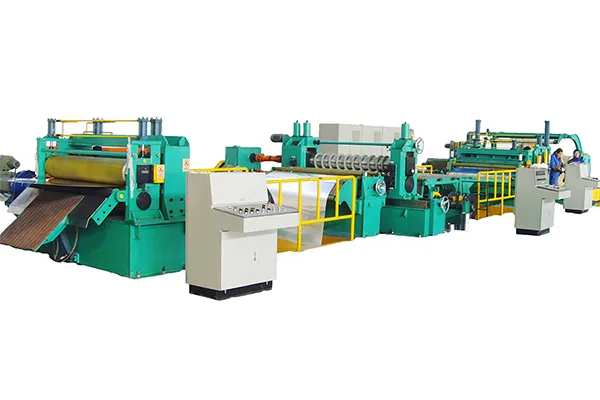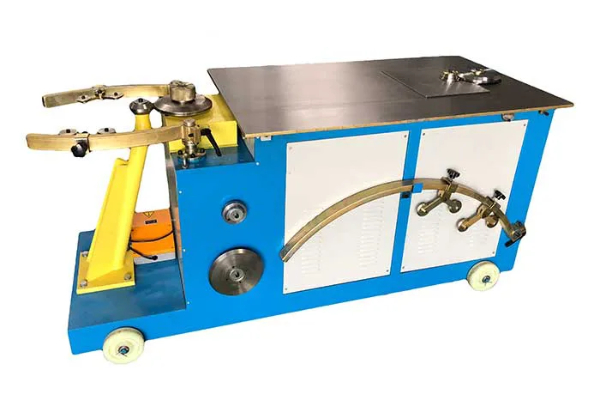
Considerations for Space and Power Requirements When Selecting a Metal Bending Machine
- By:Metmac
- 2024-05-23
- 157
Introduction:
In the realm of metal fabrication, bending machines stand as pivotal tools for transforming sheets of metal into intricate shapes. However, selecting the right machine for a particular application demands careful consideration of space and power requirements, lest your workspace becomes a cramped and energy-draining labyrinth.
Space Considerations:
The size of your workspace dictates the maximum dimensions of the bending machine you can accommodate. Consider the following:
Length: Measure the available space along the intended axis of the machine’s operation. Ensure that it includes the machine’s overall length, plus clearance for access and operation.
Width: Determine the width of the machine, including any additional components such as tables or accessories.
Height: Account for both the machine’s height and the clearance required for loading and unloading metal sheets.
Power Considerations:
Bending machines require substantial electrical power to deform metal. Factors to consider include:
Amperage: Measured in amps, this indicates the amount of current drawn by the machine during operation. Ensure your electrical system can handle the peak amperage demand.
Voltage: Determine the voltage required by the bending machine. Most machines operate on either single-phase or three-phase power.
Horsepower: This measure represents the power consumption of the machine’s motor. Higher horsepower translates to faster bending and increased capacity.
Additional Considerations:
Beyond these core requirements, consider these additional factors:
Portability: If you need to move the machine frequently, opt for a portable model.
Noise and Vibration: Assess the noise and vibration levels of the machine, especially if it will be used in a shared workspace.
Safety: Ensure the bending machine meets all applicable safety standards and includes features such as guards and emergency stop buttons.
Conclusion:
By meticulously considering space and power requirements when selecting a metal bending machine, you can create an efficient and optimized fabrication environment. Remember that each application has unique needs, so consult with experts to determine the best machine for your specific requirements. By following these guidelines, you’ll ensure that your bending machine empowers your projects rather than hindering their progress.
-
Sheet Metal Working Machines: The METMAC Advantage for Complete Fabrication Excellence
2025/12/03 -
Hydraulic Sheet Cutting Machine: Unmatched Power and Reliability for Demanding Fabrication by METMAC
2025/12/03 -
CNC Sheet Metal Bending Machine: The Pillar of Precision Fabrication with METMAC
2025/12/03 -
Laser Stainless Steel Cutting Machine: Precision, Purity, and Performance by METMAC
2025/12/03
-
Advanced Sheet Metal Rolling, Laser Cutting, and Folding Machines for Precision Fabrication
2025/10/31 -
High-Performance Sheet Metal Bending and Cutting Machines for Modern Fabrication
2025/10/31 -
High-Quality Sheet Metal Equipment for Sale: Efficient Solutions for Modern Manufacturing
2025/10/31 -
High-Performance Sheet Metal Equipment for Sale: Forming and Shearing Solutions for Modern Fabrication
2025/10/22
-
A Guide to the Latest Innovations in Sheet Metal Folding Machines
2024/11/29 -
Key Features to Consider When Investing in a Sheet Metal Folding Machine
2024/11/28 -
Enhancing Precision with Advanced Sheet Metal Folding Machines
2024/11/27 -
How to Choose the Right Sheet Metal Folding Machine for Your Workshop
2024/11/26







